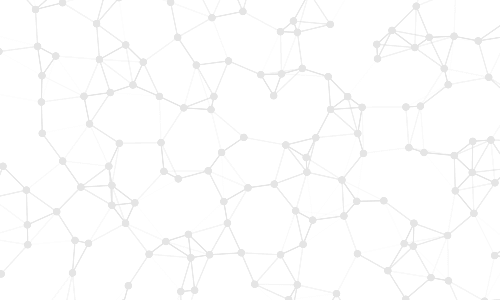Published August 18, 2025
Deere & Company: Embedded Systems & Data Integration
inpractise.com/articles/deere-and-company-embedded-systems-and-data-integration
Executive Bio
Former John Deere VP
Summary
Subscribe to access hundreds of interviews and primary research
Or contact sales for full access
Interview Transcript
Disclaimer: This interview is for informational purposes only and should not be relied upon as a basis for investment decisions. In Practise is an independent publisher and all opinions expressed by guests are solely their own opinions and do not reflect the opinion of In Practise.
This is a snippet of the transcript.to get full access.
Perhaps you could help me understand the evolution of embedded software within Deere's agricultural equipment?
On a vehicle, there's a CAN bus, and it still is a CAN bus on most vehicles. There are many other networks now, but it's almost like the internet for the tractor or vehicle system. That's where all the data gets transferred. One major advantage for Deere is that we always treated data like the gold it would become. We didn't know how much data would matter today when we started, but we created a database where every message had to go into the CAN database. We developed our own database, so anyone needing to use that data, whether for our Service Advisor tool or any vehicle, used the same parameters and resolution of that data. This has been a significant advantage for us.
This is a snippet of the transcript.to get full access.
Perhaps you could help me understand the evolution of embedded software within Deere's agricultural equipment?
Another significant development around 2000 was our GPS technology. While cars weren't yet considering self-driving, John Deere's tractors were already driving in straight lines without manual steering. We achieved this by acquiring NavCom, a standalone company with its own GPS technology. John Deere is one of only three companies with Earth satellite stations worldwide, enabling constant communication and monitoring. We use satellites and Inmarsat satellites to transmit correction signals, which have become more accurate over the years.
This is a snippet of the transcript.to get full access.
Perhaps you could help me understand the evolution of embedded software within Deere's agricultural equipment?
The crucial factor is pulling time—how quickly you can acquire the signal. This has improved significantly over the years. We create our own chips for a competitive advantage. The John Deere GPS system is accurate to 2.5 centimeters at the bulb on top of the vehicles, where the signal comes in. In contrast, your phone's accuracy is between three and five meters. We're talking centimeters, so it's incredibly accurate.
Free Sample of 50+ Interviews
Sign up to test our content quality with a free sample of 50+ interviews.
Or contact sales for full access
Related Content

CNH vs Deere : Go To Market & Dual Brand Strategy
Former Sales Director at a CNH Equipment Dealer

Deere & Company: R&D Allocation and See & Spray Development
Former VP at John Deere

Deere: Evolution of the Parts Business for Dealerships
Current Parts VP at John Deere dealership

Deere & Company: Spare Parts Aftermarket Control & All-Makes Threat
Former Business Manager at John Deere
© 2024 In Practise. All rights reserved. This material is for informational purposes only and should not be considered as investment advice.
